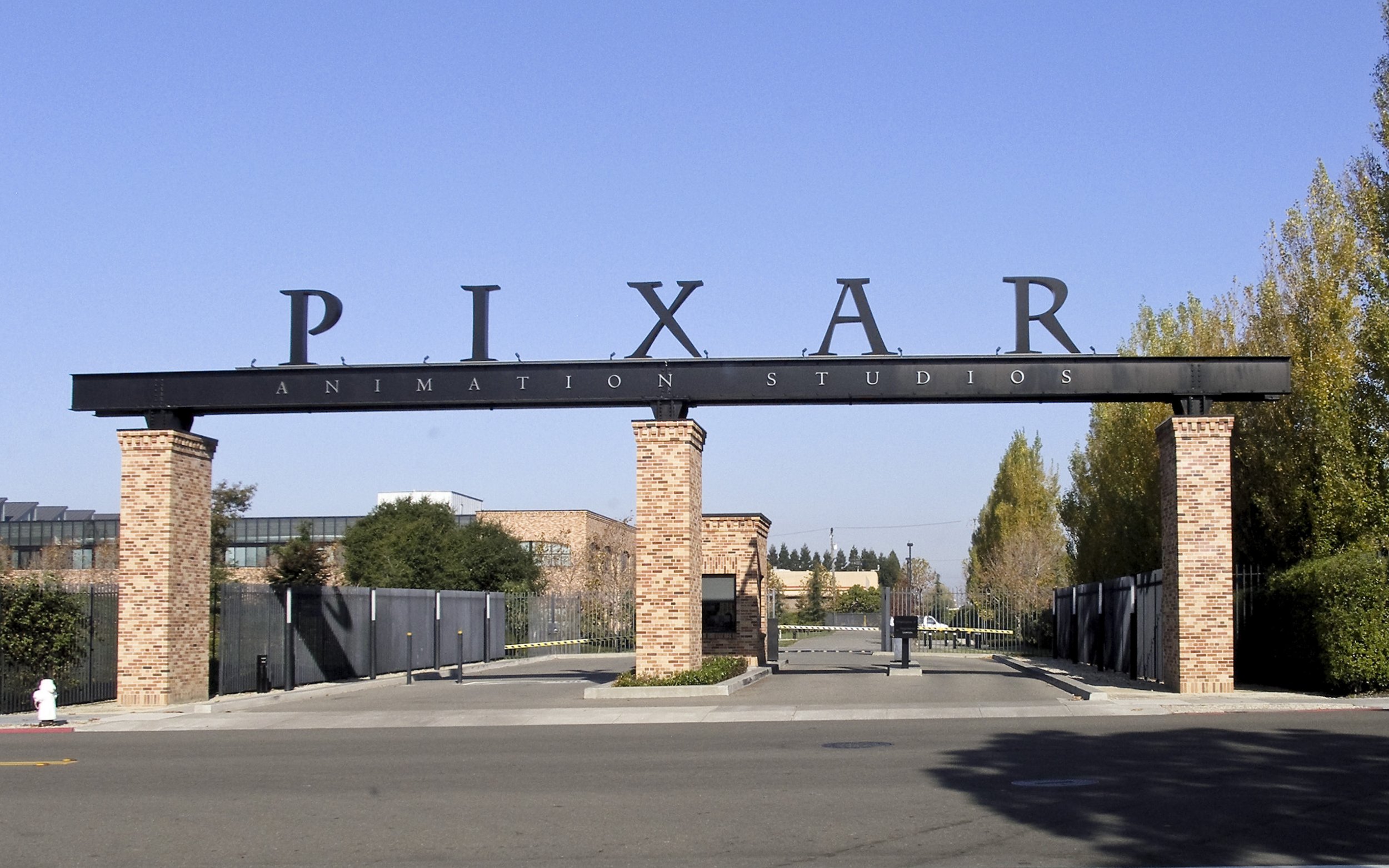Do you remember in the movie Office Space when Tom talks about his great ‘million dollar’ idea called the “Jump To Conclusions Mat?” According to Tom, “It would be this mat that you would put on the floor and would have different CONCLUSIONS written on it that you could JUMP TO.”
Not a great idea, like his friends pointed out in the movie, but it also isn’t a great idea for us to jump to conclusions in real life as well. When we jump to conclusions in conflict we are putting “2 plus 2 together to make 5” which is never good math and leads to mistrust, communication issues and deeper conflict.










